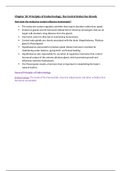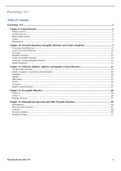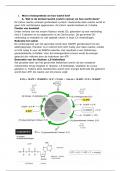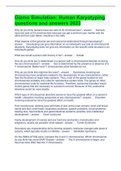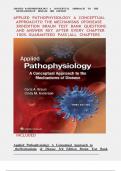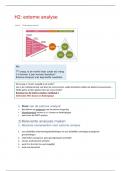Samenvatting
Physiology 214 Endocrinology summary
- Vak
- Instelling
- Boek
Comprehensive notes on endocrinology including both lecture and textbook content. Enhanced by the use of colour and images to help with learning and understanding. Practice questions and answers provided.
[Meer zien]
